I last played with database files almost 30 years ago, in the days of DOS, so I need to state right up front that I am totally unfamiliar with MySQL and its file structure. However, I need to find some basic, simple, and preferably free software to allow me to open and tweak a couple of settings in SimpleInvoices. I don’t want to become expert in MySQL, nor do I want to spend a lot of time at this. I simply want to find a way to be able to adjust a couple of things to make the SimpleInvoices program work better for me.
One example is discussed here. Another is discussed here, with such advice as, “if you really don’t like them open the database and delete all the contents from the si_invoices and si_invoice_items tables.” That instruction is probably a no-brainer to a MySQL pro, but not to me, and I don’t want to become one. I just want to tweak a couple of things and then leave MySQL alone for the rest of my life.
If anyone can suggest a simple and cost-effective way for me to make a few tweaks such as these, I’d be most grateful.
Cheers,
Al


